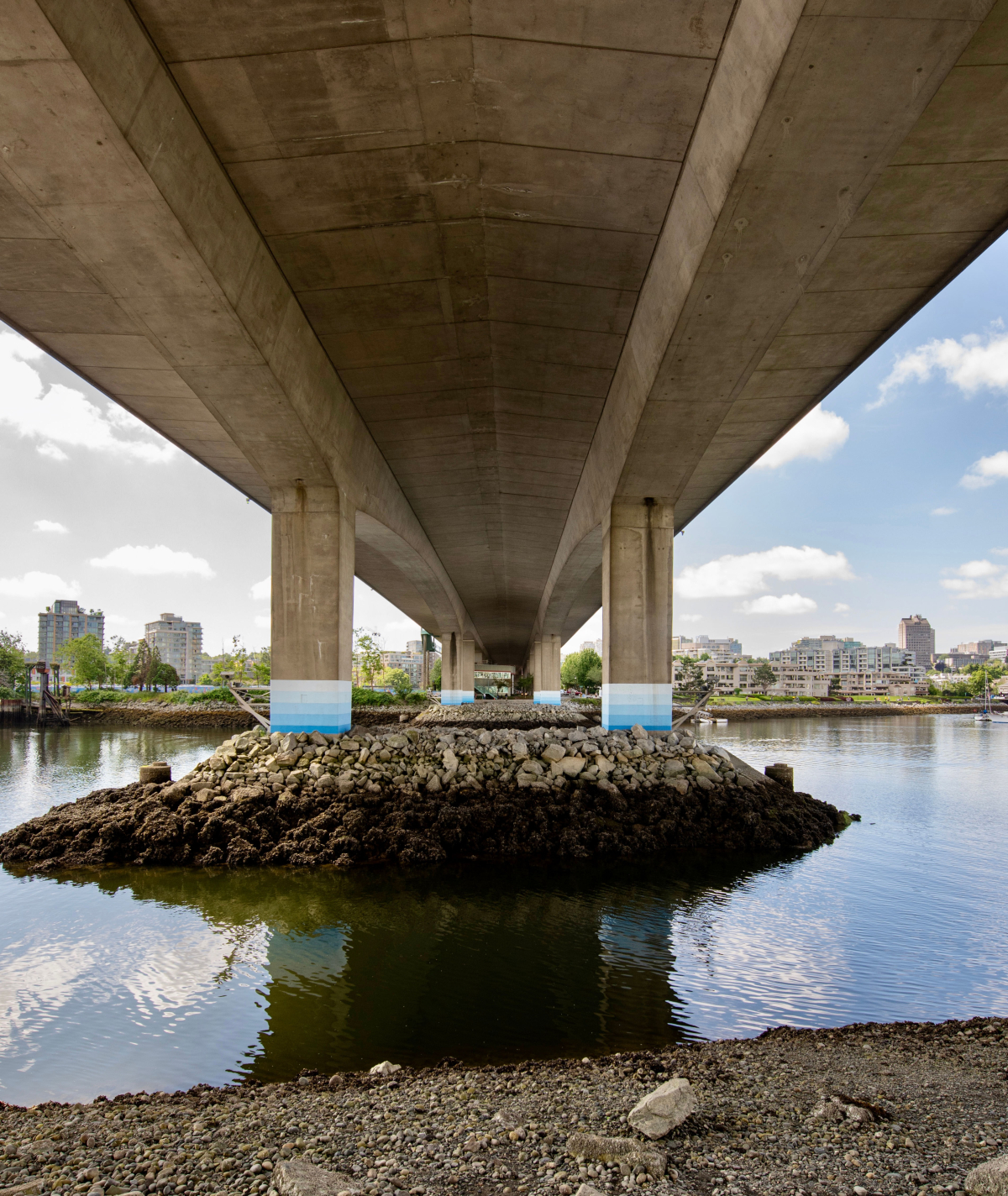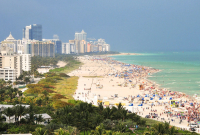Support strong Canadian climate journalism for 2025
At the end of August, the provincial government announced a new fund to support shoreline cleanup along B.C.'s central coast. The funding will help local communities, Indigenous nations and others remove marine debris from a coastline that includes the Great Bear Rainforest.
The announcement was made from a wharf on the Victoria waterfront, a few feet above the waters of the Inner Harbour. The location is noteworthy because it highlights another marine issue that threatens our coast — sea level rise. Experts tell us that, due to climate change, the oceans will rise along the coast by half a metre by the year 2050 and will continue to rise for decades after that.
In the future, politicians may need to hold their news conferences on higher ground.
But marine debris and sea level rise are just two issues facing the coast.
A changing climate will also bring stronger, more frequent storms. Storms that used to be once-a-century cataclysms are rapidly becoming annual disasters. Ocean acidification, the result of rising carbon dioxide concentrations in our atmosphere, is expected to significantly impact marine life and threaten B.C.'s shellfish industry.
Add to that the local impacts on coastal waters. There are about 1,400 derelict vessels along the coast decomposing into debris that fouls our shorelines. Then consider the marine pollution and noise impacting the endangered southern resident orcas that call the Salish Sea home.
Against the backdrop of 2020, it all seems apocalyptic. But this is a good news story.
British Columbia is one of the only coastal jurisdictions in North America without a strategic, united plan to protect it. We’ve inherited a jumble of regulations and laws overseen by different ministries and departments. The current system was not designed to deal with today's and tomorrow's pressures of coastal development, climate change and growing demands by everyone who uses the coast.
That means right now, B.C. has an opportunity to develop with Indigenous governments a comprehensive plan to address these issues and protect the coast at a time when we need it most. We call this "a blueprint for the coast."
First Nations and municipalities have a key role to play in developing this blueprint. If we look south of the border, we can take lessons from Washington state. Its coastal strategy and laws empower local governments to develop and co-ordinate marine plans. The state now uses marine spatial planning — a process to see the "big picture" for managing ocean waters — that covers essentially all of its coastal areas and a legal structure that helps protect them.
The B.C. government has an opportunity to become a leader in coastal management by creating a blueprint for the coast that will:
- Establish a home for coastal issues within the provincial government
- Create governance structures that support Indigenous rights and title and further reconciliation
- Co-ordinate efficiently and effectively with municipal and federal governments
- Support sustainable and vibrant coastal communities
- Signal to the world the importance of the ocean and coastlines
It's a cliché of science education, but “everything is connected.” Experts confirm that connections between ocean health and human prosperity are real. We need policies and regulations that can address the complexity of the issues and opportunities along this beloved coast.
During this current provincial election, we have seen all three major B.C. parties make commitments to the coast in their platforms. No matter the election outcome, we need provincial leadership to give the coast the future it deserves. We trust that the new government will seize this opportunity — in partnership with First Nations — to make sure marine life and coastal communities get the futures they deserve.





Comments